Home>Interior Design>What Is A Butler’s Pantry? Everything You Need To Know
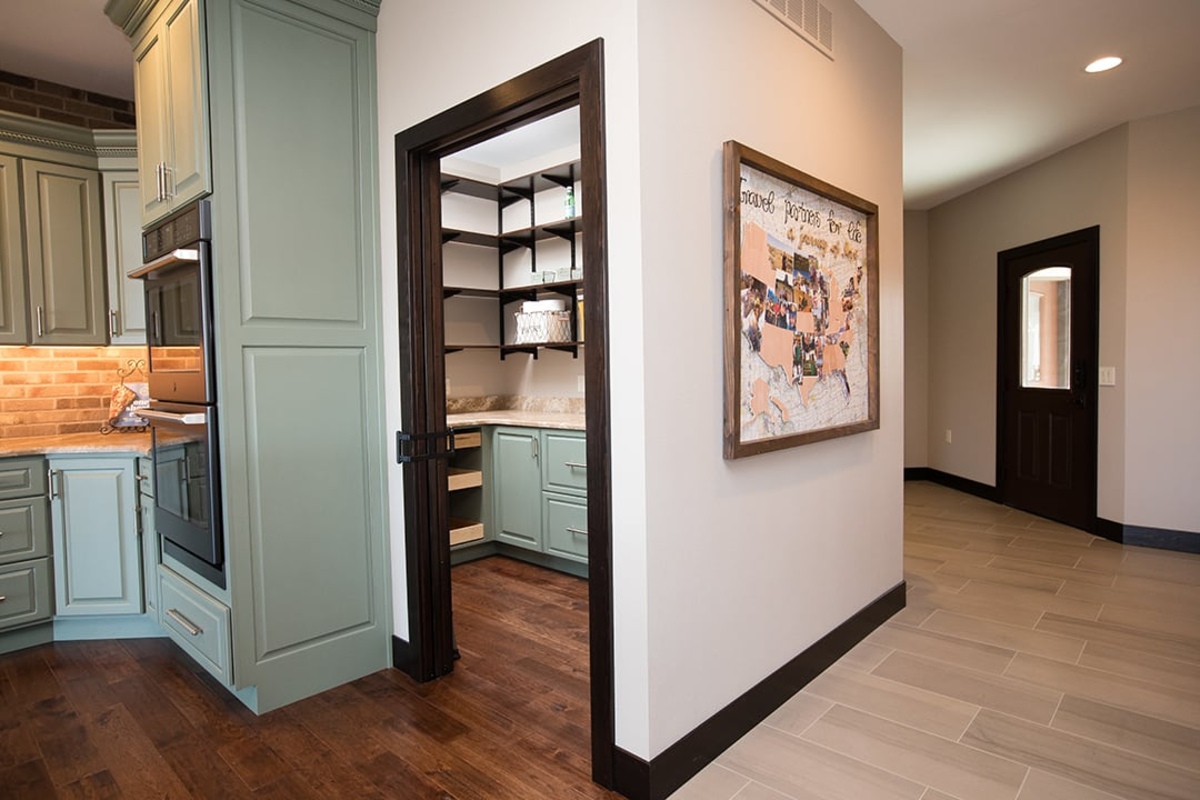

Interior Design
What Is A Butler’s Pantry? Everything You Need To Know
Modified: January 19, 2024
Discover everything you need to know about a butler's pantry in interior design. Explore its functionality and style tips for a seamless kitchen organization.
(Many of the links in this article redirect to a specific reviewed product. Your purchase of these products through affiliate links helps to generate commission for Storables.com, at no extra cost. Learn more)
Introduction
Welcome to the world of interior design, where even the tiniest details can make a big impact on the look and feel of your home. If you’re someone who loves to entertain or simply appreciates a well-organized space, then you’ve probably come across the term “butler’s pantry” before. But what exactly is a butler’s pantry and why is it a coveted feature in many homes?
A butler’s pantry is a small room, usually located between the kitchen and the dining room, that is designed to serve as a staging area for preparing and serving meals. It typically includes a countertop, cabinets for storing dishes and glassware, and may even have a sink or wine refrigerator. The purpose of a butler’s pantry is to provide a functional space for food prep, storage, and display, while also contributing to the overall aesthetic of the home.
In the past, butler’s pantries were primarily found in larger homes where a dedicated staff member, such as a butler or housekeeper, would oversee meal preparation and service. However, in modern times, the concept of a butler’s pantry has evolved to meet the needs of homeowners who value convenience and style in their day-to-day lives.
So, whether you’re planning a major kitchen renovation or simply looking for ways to enhance your current space, understanding the features and benefits of a butler’s pantry can help you create the functional and beautiful culinary hub of your dreams.
Key Takeaways:
- A butler’s pantry is a versatile and elegant space that enhances meal preparation, storage, and entertaining experiences, adding both functionality and sophistication to any home.
- Incorporating a well-designed butler’s pantry into your home offers numerous benefits, including increased storage, reduced kitchen clutter, and enhanced entertaining experiences, making it a valuable and sought-after feature in today’s interior design trends.
What is a butler’s pantry?
A butler’s pantry is a versatile space that serves as a transitional area between the kitchen and the dining room. It is often designed to cater to the needs of hosts or homeowners who enjoy entertaining guests. While the size and layout of a butler’s pantry can vary, it typically includes a mix of storage and display elements.
The main purpose of a butler’s pantry is to provide a functional area for meal preparation, staging, and serving. It acts as a buffer between the kitchen and the dining room, allowing hosts to discreetly prepare meals and easily transport food and drinks to the dining area without interruptions or unnecessary clutter.
The design of a butler’s pantry can vary depending on personal preferences and the overall style of the home. Some butler’s pantries are designed to blend seamlessly with the kitchen, featuring matching cabinetry and countertops. Others may have a different aesthetic, incorporating unique elements such as glass-front cabinets or open shelving to showcase beautiful dishware and glassware.
In addition to its functional aspects, a butler’s pantry also adds a touch of elegance and sophistication to any home. It’s a space that allows homeowners to showcase their style and taste through carefully curated display items and well-organized storage solutions.
While the name may suggest the need for a dedicated staff member, you don’t necessarily need a butler to have a butler’s pantry. It’s a valuable addition to any home for those who enjoy hosting gatherings or frequently entertain guests. Having a dedicated space for meal preparation, serving, and storage helps to keep the main kitchen area free from clutter and allows for efficient and enjoyable hosting experiences.
Whether you use your butler’s pantry for storing fine china and silverware, housing a coffee station, or arranging a stylish bar area, it adds both functionality and aesthetic appeal to your home. It is a space that combines practicality and elegance, making it a coveted feature in today’s interior design trends.
The purpose of a butler’s pantry
The purpose of a butler’s pantry extends beyond its functional role; it serves as a versatile space that caters to the needs of homeowners who enjoy entertaining and hosting gatherings. Here are some key purposes of a butler’s pantry:
- Efficient meal preparation: A butler’s pantry provides a designated area for meal preparation, allowing hosts to efficiently organize ingredients, prepare dishes, and stage them for serving. With a well-equipped countertop and ample storage space, hosts can work smoothly without cluttering the main kitchen or dining area.
- Storage and organization: A key purpose of a butler’s pantry is to provide storage for dishes, glassware, serving platters, and other entertaining essentials. It helps keep these items organized, easily accessible, and separate from everyday kitchenware. Custom cabinets, shelving, and drawer inserts can be designed to fit specific items, ensuring everything has its place.
- Showcasing and display: A butler’s pantry is an ideal space for showcasing beautiful china, crystal glassware, or other collectibles. Glass-front cabinets or open shelving can be used to display and highlight these items, adding a touch of elegance to the space. It becomes a focal point and a conversation starter during gatherings.
- Beverage station or bar area: Many homeowners opt to incorporate a beverage station or a bar area into their butler’s pantry. This allows for convenient storage and access to glassware, cocktail ingredients, and wine or spirits. It creates a dedicated space for mixing drinks and encourages socializing among guests.
- Additional food storage: In some cases, a butler’s pantry includes additional refrigeration or freezer options. This is especially beneficial when hosting large events or storing extra groceries. Having the ability to keep food items easily accessible but separate from the main kitchen’s refrigerator streamlines meal planning and preparation.
- Privacy and convenience: By having a butler’s pantry, hosts can enjoy the convenience of a separate space for meal preparation and cleanup. This allows the kitchen to be kept private during gatherings, reducing the potential for guests to witness any cooking mishaps or messes that may occur behind the scenes.
Overall, the purpose of a butler’s pantry is to provide a dedicated area that enhances the functionality and flow of hosting events or entertaining guests. It offers storage, organization, and a visually appealing space to showcase and serve culinary delights, all while maintaining a seamless and enjoyable experience for both hosts and guests.
Features of a butler’s pantry
A well-designed butler’s pantry is characterized by several key features that contribute to its functionality, organization, and aesthetic appeal. Here are some common features to consider when planning a butler’s pantry:
- Countertop space: An ample and durable countertop is essential in a butler’s pantry. It provides a dedicated area for food preparation, plating, and staging. The countertop can be made of various materials, such as quartz, granite, or marble, depending on personal preference and the overall style of the home.
- Cabinetry and storage: A butler’s pantry typically includes custom cabinetry to accommodate dishes, glassware, serving pieces, and other entertaining essentials. Adjustable shelves, pull-out drawers, and specialized inserts for wine bottles or stemware can maximize storage and organization. Glass-front cabinets or open shelving can be utilized to display and showcase beautiful items.
- Sinks and faucets: Some butler’s pantries may feature a sink with a faucet, providing a dedicated area for rinsing dishes or filling pots. Having a sink in the pantry can help streamline meal preparation and cleanup, keeping the main kitchen area free for other tasks.
- Wine refrigeration: For wine enthusiasts, incorporating a wine refrigerator or a wine rack in the butler’s pantry can be a desirable feature. This allows for proper storage and display of wine bottles at the ideal temperature and provides easy access for serving during gatherings.
- Appliances and equipment: Depending on personal preference and the intended use of the butler’s pantry, additional appliances and equipment can be integrated, such as a built-in microwave, coffee machine, or warming drawer. These additions enhance the pantry’s functionality and contribute to the convenience of food preparation and storage.
- Display lighting: Installing appropriate lighting in a butler’s pantry is crucial to highlight display items and create an inviting ambiance. Under-cabinet lighting, recessed lighting, or decorative pendant lights can be used to showcase dishware, glassware, and collectibles with a warm and welcoming glow.
- Customization and personalization: The beauty of a butler’s pantry lies in its ability to be customized according to personal preferences and lifestyle. Whether it’s selecting bespoke cabinetry finishes, incorporating unique hardware, or adding personal touches like a chalkboard wall for menu planning, the design and features should reflect the homeowner’s style and needs.
Remember that the features of a butler’s pantry can vary based on the available space, budget, and individual requirements. It’s important to carefully consider your specific needs and design preferences to create a butler’s pantry that serves both functional and aesthetic purposes in your home.
Benefits of having a butler’s pantry
A butler’s pantry offers numerous benefits that can enhance both the functionality and aesthetics of a home. Here are some key advantages of having a butler’s pantry:
- Efficient meal preparation: With a butler’s pantry, meal preparation becomes more efficient and organized. The dedicated space allows for easy access to ingredients, utensils, and appliances without cluttering the main kitchen area. It provides a designated area for chopping, mixing, and staging dishes before they are brought out to the dining area.
- Enhanced entertaining experience: A butler’s pantry is a game-changer when it comes to hosting events and entertaining guests. It provides a seamless transition between the kitchen and the dining area, allowing hosts to discreetly prepare and serve meals without interrupting the flow of conversation. It also provides a convenient area for guests to help themselves to drinks or appetizers, creating a more interactive and enjoyable experience.
- Increased storage and organization: One of the biggest benefits of a butler’s pantry is the additional storage it provides. It offers ample space for storing dishes, glassware, serving platters, and other entertaining essentials. Custom cabinets and shelving ensure that everything has its place, making it easier to keep the pantry organized and clutter-free. The pantry can serve as a staging area for setting the table, allowing hosts to effortlessly access the necessary items for each occasion.
- Reduced kitchen clutter: By having a butler’s pantry, the main kitchen area can be kept clear of clutter. Everyday kitchen items and appliances can be stored in the pantry, leaving the kitchen countertops free for food preparation. This not only creates a cleaner and more organized environment but also increases the functionality and efficiency of the kitchen.
- Showcasing and preserving valuables: A butler’s pantry provides a designated space for showcasing and preserving fine china, crystal glassware, and other valuable collectibles. Glass-front cabinets or open shelving allow for elegant and tasteful display, protecting these items from potential damage or wear. It adds a touch of sophistication and personal flair to the home.
- Privacy and convenience: Having a butler’s pantry allows hosts to keep the main kitchen area private during gatherings. This is particularly useful if there are any unexpected cooking mishaps or messes that need to be handled discreetly. Guests can enjoy the dining and entertainment areas without seeing the behind-the-scenes preparations, ensuring a more polished and seamless hosting experience.
- Added home value: A well-designed and functional butler’s pantry can significantly increase the value of a home. It is a sought-after feature among homebuyers, as it offers both practicality and luxury. The presence of a butler’s pantry can set your home apart from others on the market and make it more appealing to prospective buyers.
Overall, a butler’s pantry is an invaluable addition to any home, offering a range of benefits that enhance the cooking, entertaining, and organizational aspects of daily life. It allows hosts to effortlessly navigate meal preparation and serving while creating an elegant and inviting space that is sure to impress both residents and guests alike.
A butler’s pantry is a small room or area near the kitchen used for storing serving items, preparing drinks, and staging meals. It’s a great space for entertaining and keeping the kitchen clutter-free.
Design ideas for a butler’s pantry
When it comes to designing a butler’s pantry, the possibilities are endless. The design should not only reflect your personal style but also cater to your specific needs and preferences. Here are some design ideas to inspire your own butler’s pantry:
- Sleek and modern: Opt for clean lines, minimalist cabinetry, and a neutral color palette for a sleek and modern look. Consider using materials such as glossy white cabinets, stainless steel appliances, and quartz countertops for a contemporary aesthetic.
- Classic elegance: Incorporate timeless elements such as intricate molding, decorative glass-front cabinets, and traditional hardware to create a butler’s pantry with classic elegance. Choose rich wood finishes, marble countertops, and ornate details to bring a touch of sophistication to the space.
- Farmhouse charm: Embrace a cozy and rustic aesthetic with a farmhouse-inspired butler’s pantry. Install open wooden shelves, distressed finishes, and vintage-inspired hardware. Use beadboard paneling or shiplap on the walls for a charming and homey feel.
- Colorful and eclectic: Add a pop of color and personality to your butler’s pantry by incorporating bright hues and eclectic elements. Consider painting the cabinets in a bold color or using patterned tiles for the backsplash. Mix and match different materials, textures, and finishes for a unique and vibrant space.
- Transitional style: Blend elements of traditional and contemporary design to create a transitional-style butler’s pantry that balances timeless elegance with modern functionality. Use a combination of neutral colors, clean-lined cabinetry, and a mix of traditional and modern hardware to achieve this versatile style.
- Open and airy: Create an open and airy feel by incorporating glass-front cabinets, light-colored finishes, and plenty of natural light. Install windows or skylights if possible to maximize the amount of sunshine that fills the space. Use glass shelves or open shelving to showcase beautiful dishware and keep the space feeling light and uncluttered.
- Smart storage solutions: Design your butler’s pantry with smart storage solutions that make the most of the available space. Consider pull-out shelves, drawer inserts for cutlery, and tall cabinets for storing large platters or trays. Utilize vertical space with hooks or racks for hanging pots, pans, or mugs.
- Functional layout: Ensure that the layout of your butler’s pantry is efficient and practical. Place the countertop in a central location for easy meal preparation and ensure that the storage is conveniently organized based on frequency of use. Consider incorporating a sink or small appliances in locations that make sense for your workflow.
Remember, your butler’s pantry should be a reflection of your personal style and should cater to your specific needs. Don’t be afraid to mix and match different design elements and experiment with different materials and finishes. The key is to create a space that is not only stylish but also functional, making meal preparation and hosting a breeze.
How to incorporate a butler’s pantry into your home
If you’re considering adding a butler’s pantry to your home, here are some steps to help you incorporate this functional and stylish feature into your space:
- Assess available space: Take a close look at your home’s layout and consider where a butler’s pantry could be added. Look for areas adjacent to the kitchen or dining room that can be repurposed or modified to accommodate the pantry without sacrificing existing functionality.
- Determine your needs: Consider your specific needs for the butler’s pantry. Will it mainly serve as a storage space, an area for food preparation, or a combination of both? Evaluate the types of items you will be storing and the appliances or features you would like to include to determine the size and layout of the pantry.
- Consult with a professional: Engage the services of an interior designer or a contractor who specializes in kitchen and pantry renovations. They can offer guidance, insight, and expertise to help you design and execute the perfect butler’s pantry that meets your needs and matches your home’s style.
- Create a design plan: Work with your chosen professional to create a detailed design plan for your butler’s pantry. Consider the layout, cabinetry style, countertop materials, and appliances you would like to incorporate. Explore different storage options and solutions to maximize functionality and organization in the space.
- Be mindful of plumbing and electrical needs: If you plan to include a sink, wine refrigerator, or other electrical appliances in your butler’s pantry, ensure that the necessary plumbing and electrical work is properly planned and executed. Consult with a licensed plumber and electrician to ensure compliance with local codes and regulations.
- Choose quality materials and finishes: Select high-quality materials and finishes for your butler’s pantry to ensure its durability and longevity. Consider durable countertops like quartz or granite, and choose cabinetry made from solid wood or high-quality engineered wood. Opt for finishes that complement the overall style of your home.
- Consider lighting: Lighting plays a crucial role in showcasing the beauty of your butler’s pantry and enhancing its functionality. Incorporate a combination of ambient, task, and accent lighting to create a warm and inviting atmosphere. Install under-cabinet lights, pendant lights, or recessed lighting to highlight specific areas and display items.
- Organize and accessorize: Once your butler’s pantry is complete, take the time to organize and personalize the space. Utilize storage solutions such as drawer dividers, labeled containers, and racks to keep items organized and easily accessible. Add personal touches like decorative jars, artwork, or a chalkboard for menu planning to make the space uniquely yours.
- Enjoy your new space: Once your butler’s pantry is fully finished and organized, take the time to enjoy and appreciate the benefits it brings to your home. Use it as a functional and stylish space to prepare meals, store special occasion dishware, and make hosting events a breeze.
Remember, incorporating a butler’s pantry into your home requires careful planning and attention to detail. By following these steps and working with professionals, you can create a butler’s pantry that seamlessly integrates into your home and enhances your lifestyle.
Examples of well-designed butler’s pantries
Looking for inspiration for your own butler’s pantry? Here are some examples of well-designed butler’s pantries to spark your creativity:
- Classic elegance: A butler’s pantry with a classic elegance could feature floor-to-ceiling wood cabinetry, intricate moldings, and ornate hardware. The space may have a marble countertop, a farmhouse sink, and glass-front cabinets to showcase fine china and glassware.
- Contemporary simplicity: For a more modern approach, a contemporary butler’s pantry may showcase sleek white cabinets, stainless steel appliances, and a minimalist design. The space can feature quartz countertops, open shelving for displaying stylish glassware, and recessed lighting to create a clean and bright ambiance.
- Farmhouse charm: Embrace a farmhouse-inspired butler’s pantry with rustic wood shelving, a charming beadboard backsplash, and vintage-inspired lighting fixtures. This cozy and inviting space could include open shelves for storing mason jars filled with dry goods, woven baskets for organization, and a farmhouse sink for added functionality and charm.
- Transitional style: A transitional-style butler’s pantry offers the best of both worlds, combining traditional and contemporary elements. It may feature white cabinets with classic hardware, a quartz or marble countertop, open shelves with a mix of decorative pieces and everyday essentials, and statement lighting fixtures for added sophistication.
- Colorful and eclectic: Add a vibrant and eclectic touch to your butler’s pantry with a mix of bold colors, patterns, and textures. Consider painting the cabinets in a vibrant hue, adding patterned tiles for the backsplash, and incorporating unique decorative accents and lighting fixtures to create a visually striking and unique space.
- Open and airy: An open and airy butler’s pantry can have glass-front cabinets, light-colored finishes, and plenty of natural light. It could include open shelves for displaying glassware, a large farmhouse sink, and a combination of closed and open storage for a balanced look. The space might also incorporate a small built-in desk area for meal planning or using as a coffee station.
- Smart and efficient: A well-designed butler’s pantry can maximize storage and organization. Consider incorporating pull-out drawers for easy access to pots and pans, specialized storage for wine bottles and stemware, and built-in spice racks or utensil organizers. Adding a mix of sizes and heights for shelves and cabinets ensures efficient use of the available space.
- Minimalist luxury: For those who prefer a sleek and minimalistic design, a butler’s pantry with minimalist luxury could feature sleek white cabinets, marble countertops, and recessed lighting. The space might have hidden appliances that blend seamlessly with the cabinetry, creating an uncluttered and sophisticated look.
These examples highlight the variety of design options available for a well-designed butler’s pantry. Choose a style that complements the overall aesthetic of your home and reflects your personal taste. Remember to combine functionality with beautiful design elements to create a space that is both practical and visually pleasing.
Tips for organizing and maintaining a butler’s pantry
Once you have a beautifully designed butler’s pantry, it’s essential to keep it organized and well-maintained. Here are some tips to help you maximize the functionality and aesthetics of your pantry:
- Purge and declutter regularly: Take the time to go through your pantry regularly and get rid of items that are expired, damaged, or no longer needed. Decluttering will not only create more space but also make it easier to find and access the items you use frequently.
- Group similar items together: Organize your pantry by grouping similar items together. For example, designate specific areas for canned goods, dry goods, spices, baking supplies, and glassware. This will make it easier to locate items and keep them organized.
- Use clear containers and labels: Transfer bulk items or open packages into clear containers with labels. This not only keeps the pantry looking neat and organized but also allows you to easily see the contents and quantities of each item. Labels help with quick identification and prevent confusion.
- Utilize vertical space: Make use of vertical space by installing hooks or racks to hang pots, pans, mugs, or kitchen utensils. This frees up shelf and countertop space and keeps frequently used items within reach.
- Rotate stock: When restocking your pantry, bring older items to the front and place newer items towards the back. This helps ensure that perishable items are used before they expire and minimizes the risk of forgotten or wasted items.
- Maintain a clean and tidy space: Regularly wipe down shelves, clean spills immediately, and keep the pantry area free from dust and debris. This not only keeps your pantry looking its best but also maintains a hygienic environment for storing food items.
- Arrange items logically: Store frequently used items within easy reach and group them together. For example, place everyday dishes and glassware in the most accessible cabinets or on the middle shelves. Reserve higher or lower shelves for less frequently used items or seasonal items.
- Consider smart storage solutions: Incorporate storage solutions such as drawer dividers, lazy Susans, or pull-out shelves to maximize the use of space and make items more accessible. These solutions help keep your pantry organized and make it easier to find what you need.
- Regularly review and update: Set aside time every few months to review and reorganize your pantry. Assess what is working and what needs improvement. Make adjustments to your organization system as needed to ensure it continues to meet your needs.
- Enjoy and maintain the aesthetics: Keep your butler’s pantry visually appealing by regularly dusting and polishing surfaces, cleaning glass doors, and replacing burnt-out light bulbs. Enjoy the beauty of your organized and well-maintained space.
By implementing these tips and staying consistent with your organizational efforts, you can ensure that your butler’s pantry remains a functional and visually pleasing space. An organized pantry not only makes daily cooking and meal preparation easier but also enhances the overall enjoyment of your home.
Read more: Everything You Need To Know About Ladders
Conclusion
A butler’s pantry is more than just a functional space; it is a hallmark of sophistication, organization, and convenience in the world of interior design. This versatile area serves as a transitional zone between the kitchen and the dining room, allowing for efficient meal preparation and seamless entertaining experiences.
Through careful design and attention to detail, a butler’s pantry can enhance the overall aesthetics and functionality of your home. Whether you choose a classic elegance, a modern minimalist design, or a charming farmhouse style, the features and organization of your butler’s pantry should be tailored to your needs and preferences.
The benefits of a butler’s pantry are numerous. It offers additional storage and organization, reduces kitchen clutter, provides privacy during gatherings, and adds value to your home. With a well-designed butler’s pantry, you can enjoy efficient meal preparation, showcase and preserve your valuable dishware and glassware, and elevate your entertaining experiences to new heights.
Remember to keep your butler’s pantry organized and well-maintained by regularly decluttering, grouping similar items together, and utilizing smart storage solutions. Maintaining a clean and tidy space not only makes cooking and entertaining easier but also ensures a visually appealing environment.
Whether you’re building a new home, renovating, or simply looking for ways to enhance your current space, consider incorporating a butler’s pantry. It is a functional and stylish addition that will elevate your daily routines and impress your guests.
So, embrace the elegance and practicality of a butler’s pantry and transform your home into a haven of organization and sophistication. With careful planning and design, your butler’s pantry will become the heart of your culinary endeavors and a source of pride in your home.
Frequently Asked Questions about What Is A Butler's Pantry? Everything You Need To Know
Was this page helpful?
At Storables.com, we guarantee accurate and reliable information. Our content, validated by Expert Board Contributors, is crafted following stringent Editorial Policies. We're committed to providing you with well-researched, expert-backed insights for all your informational needs.
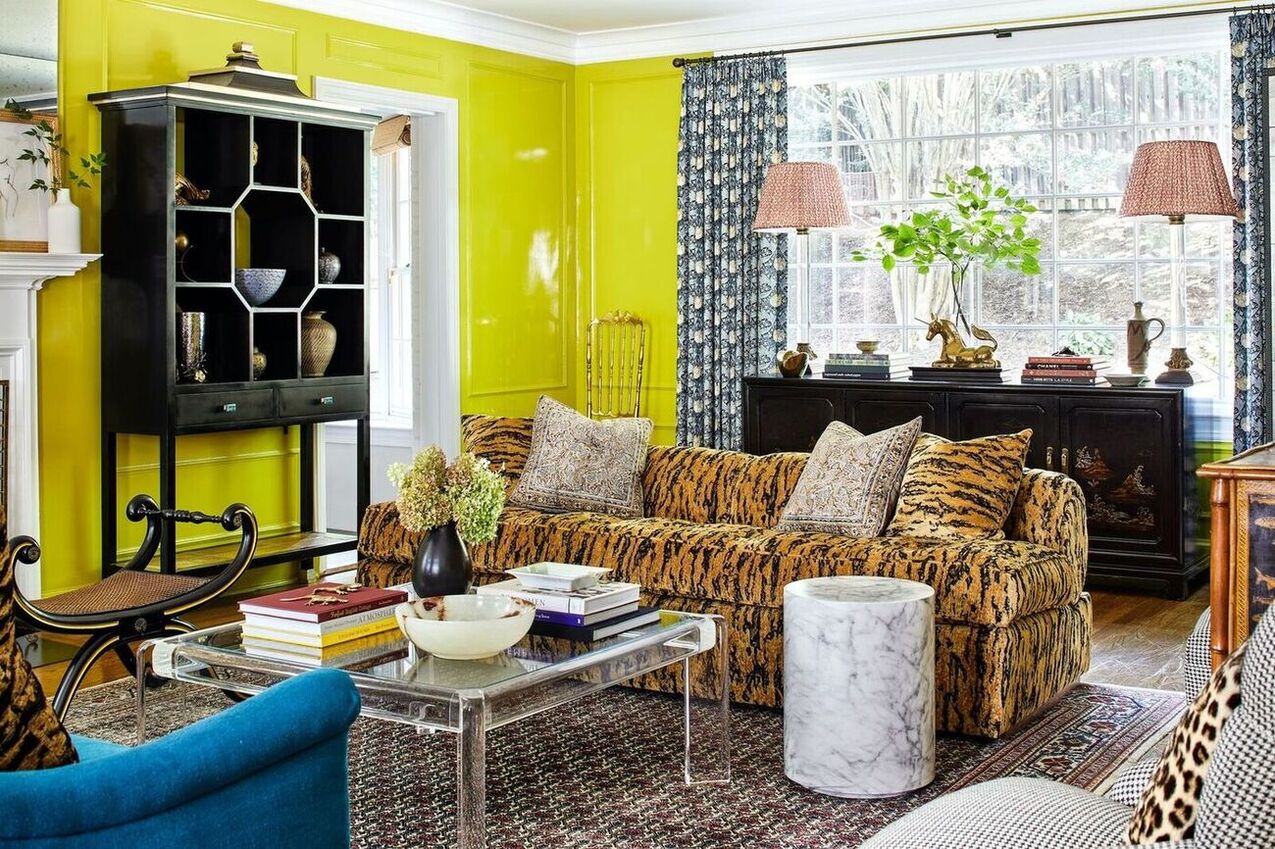
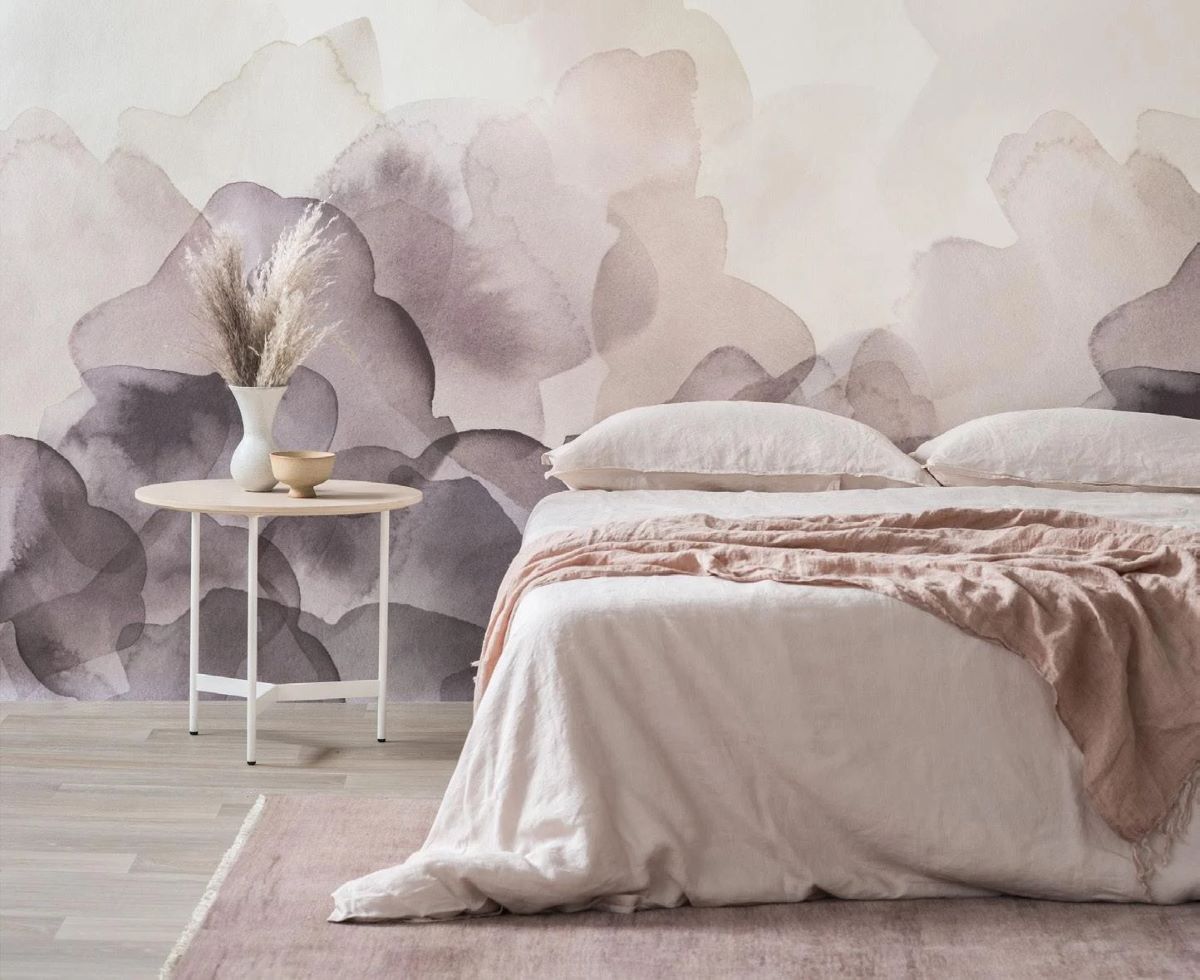
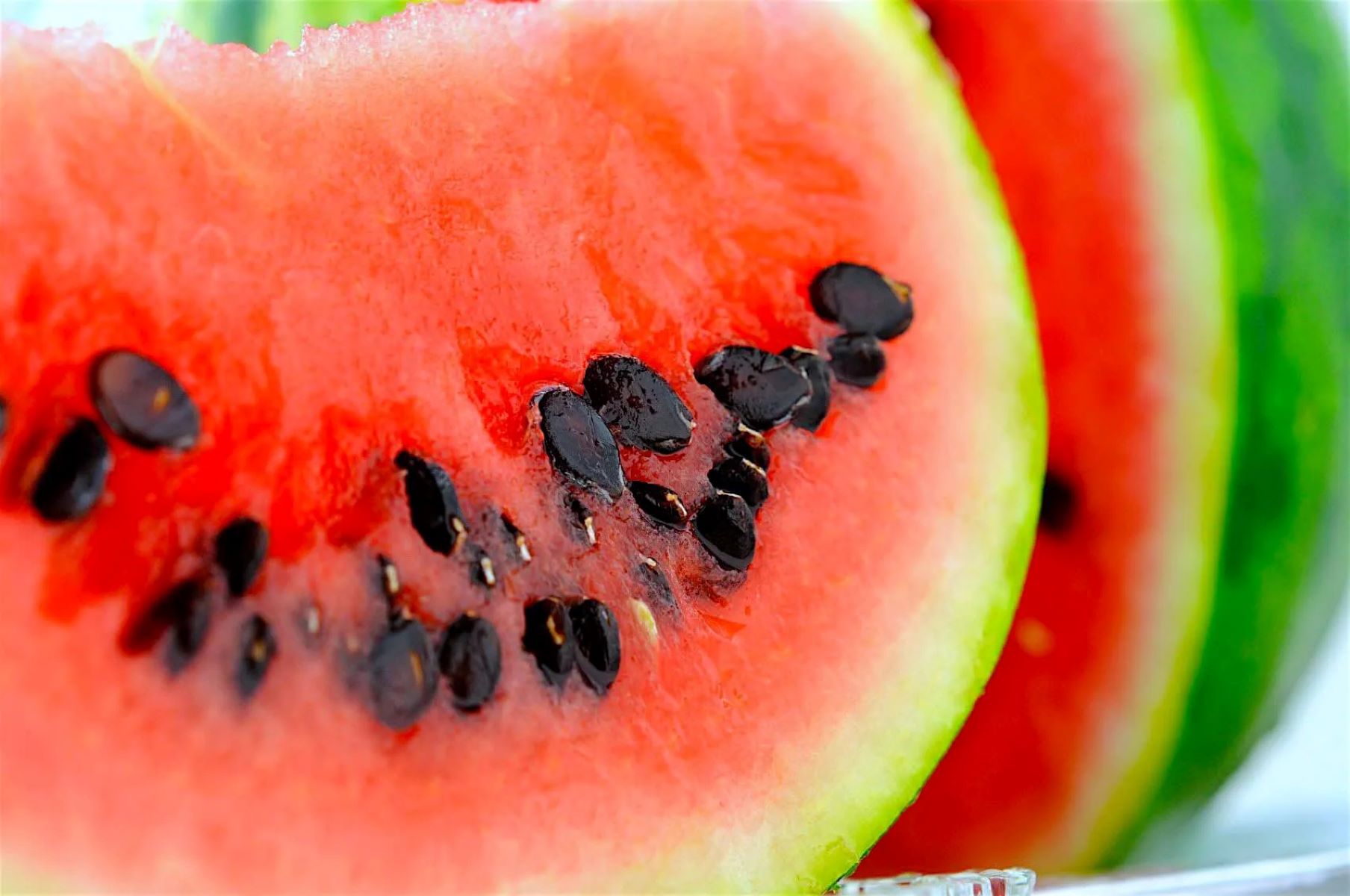
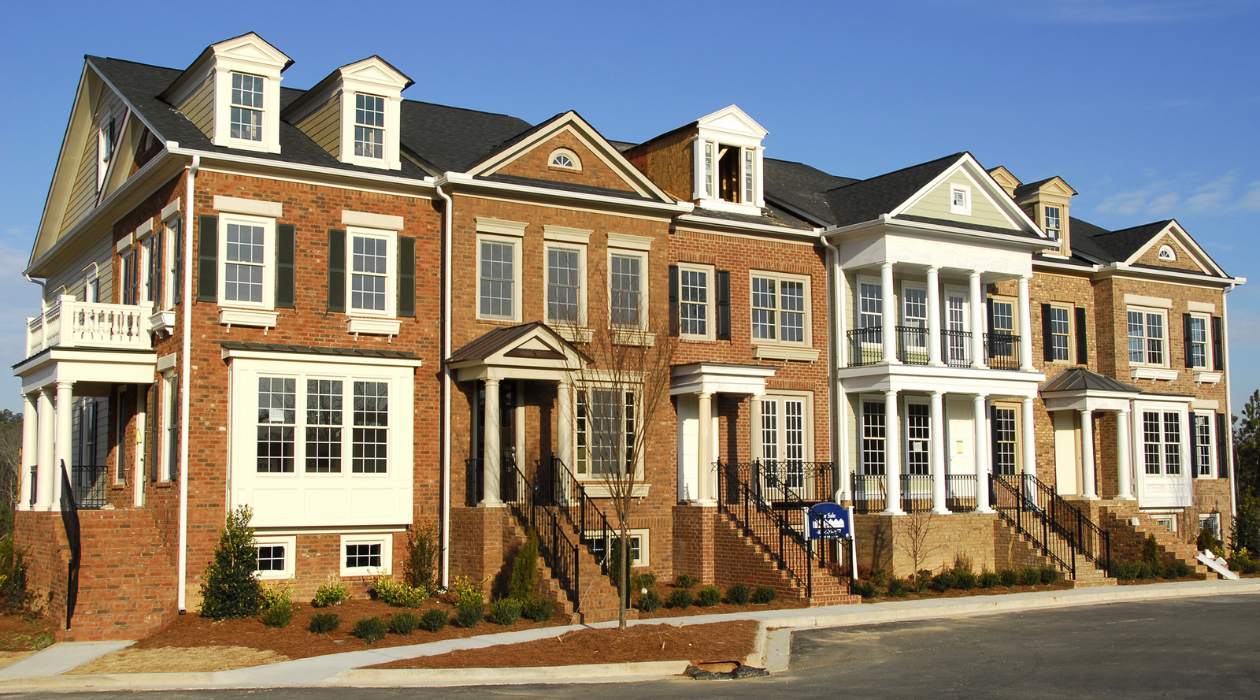
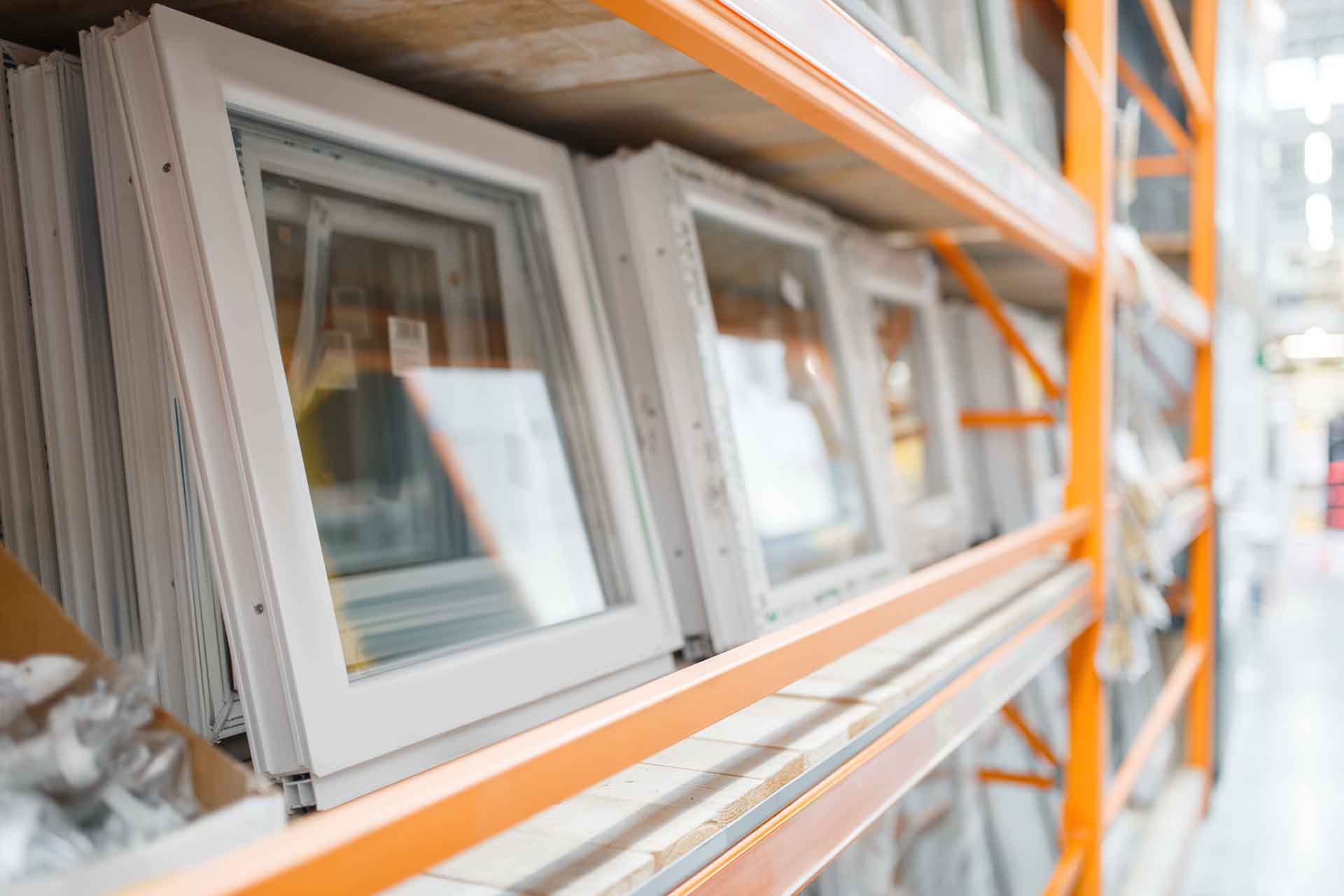
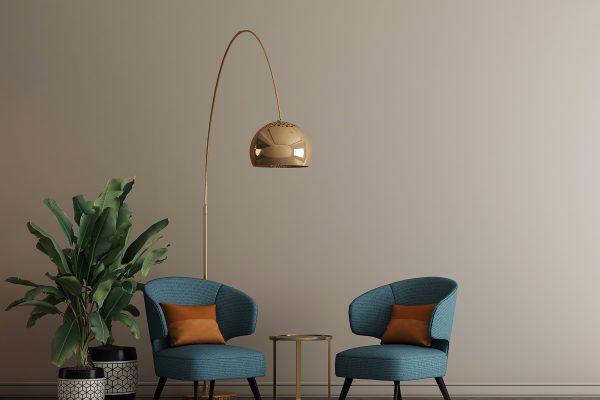
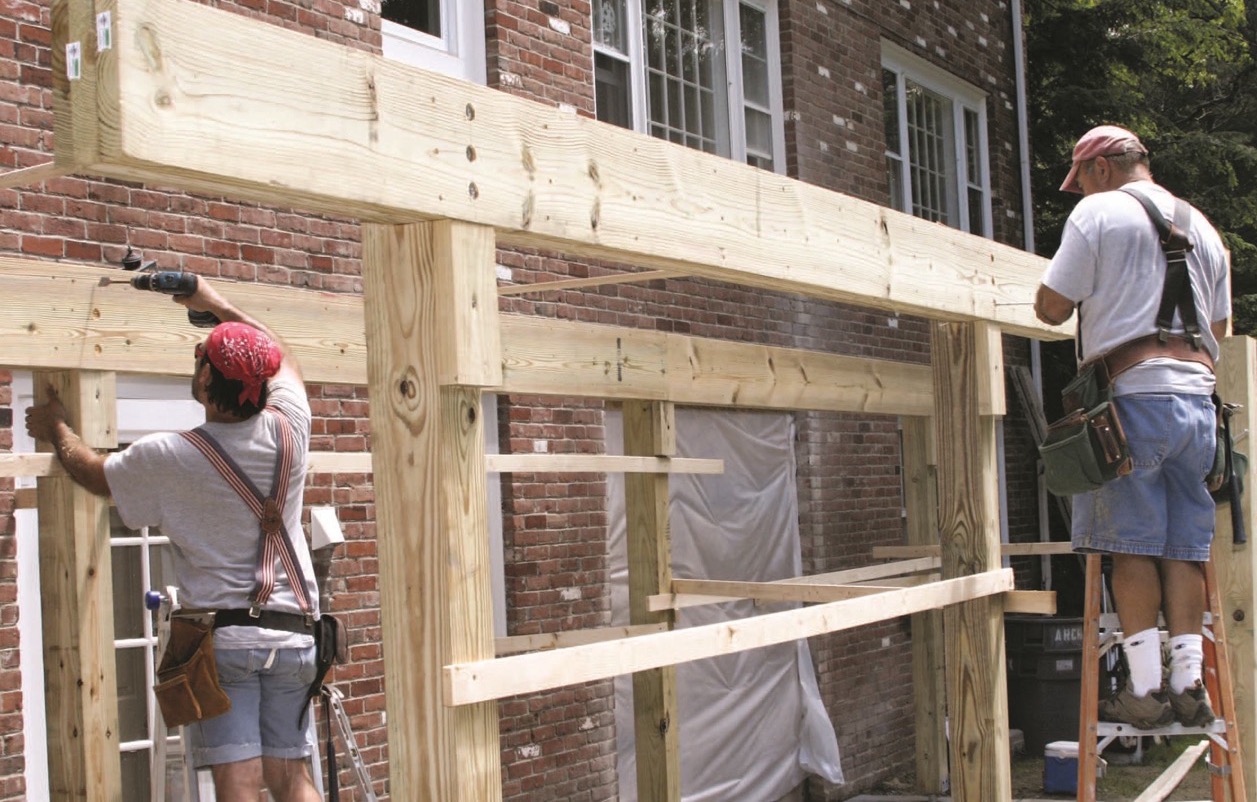
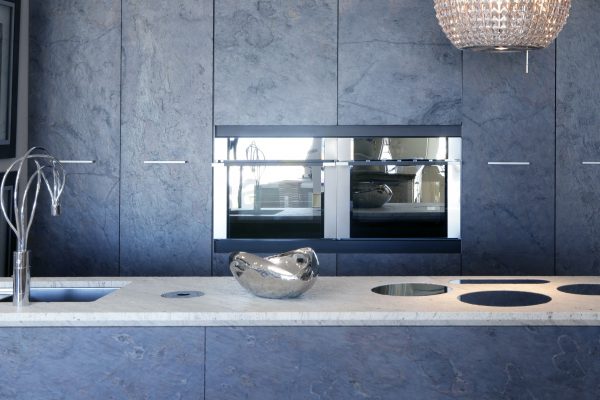
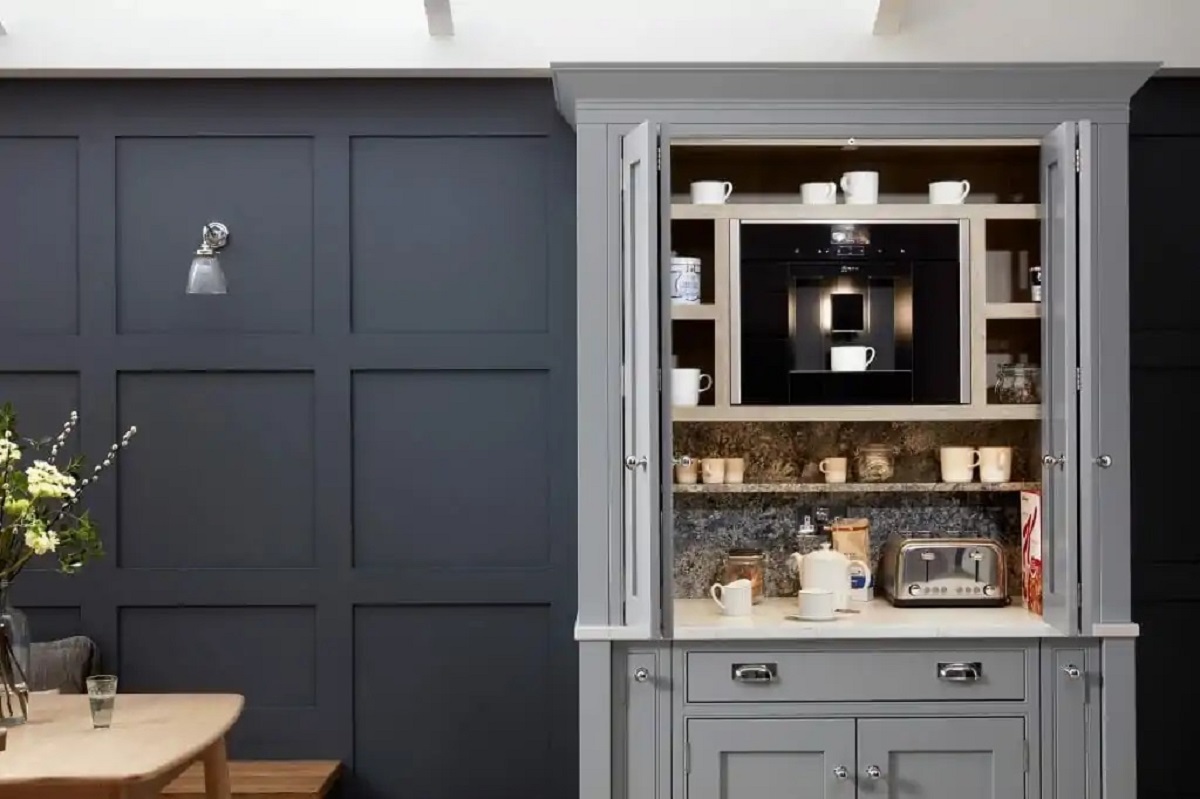
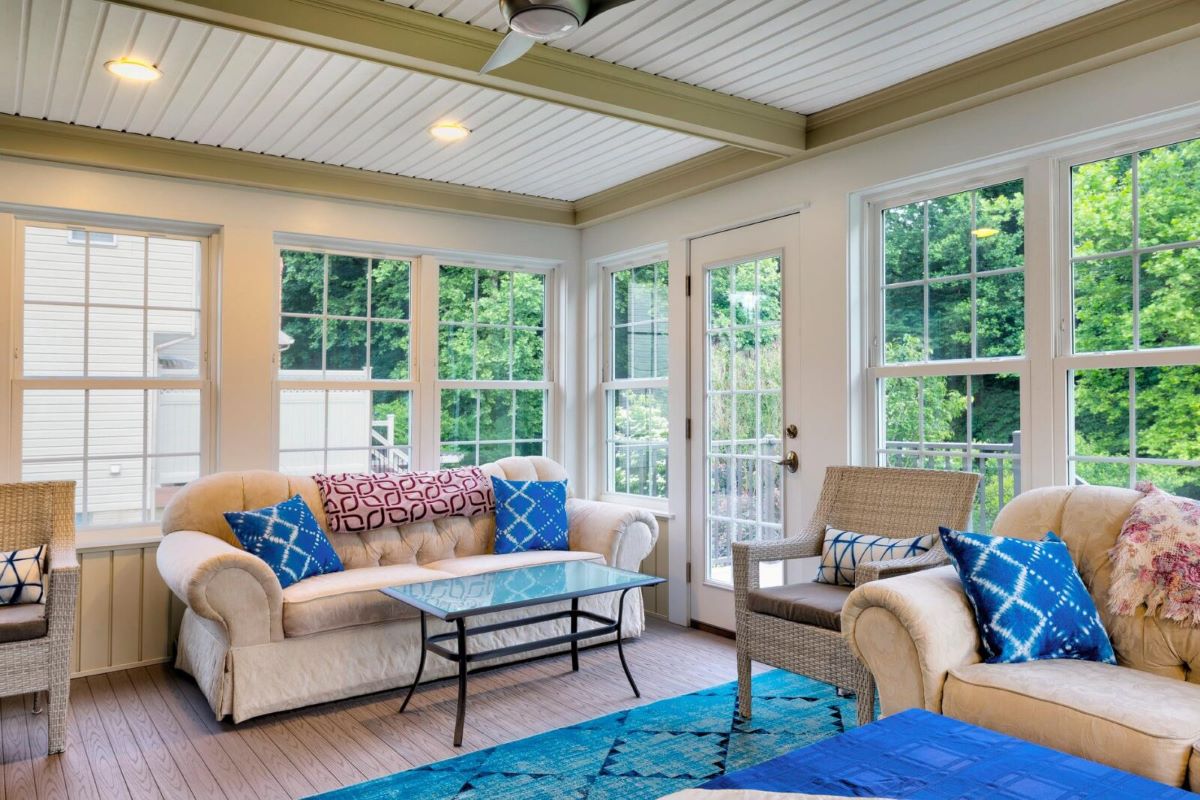
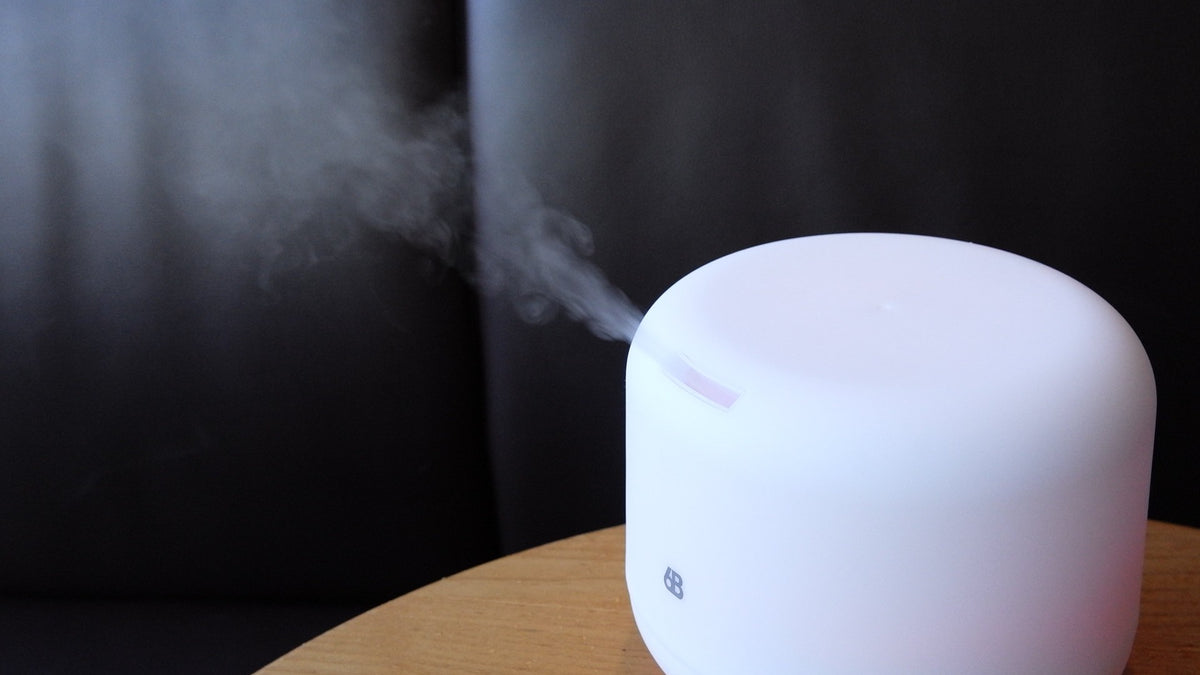
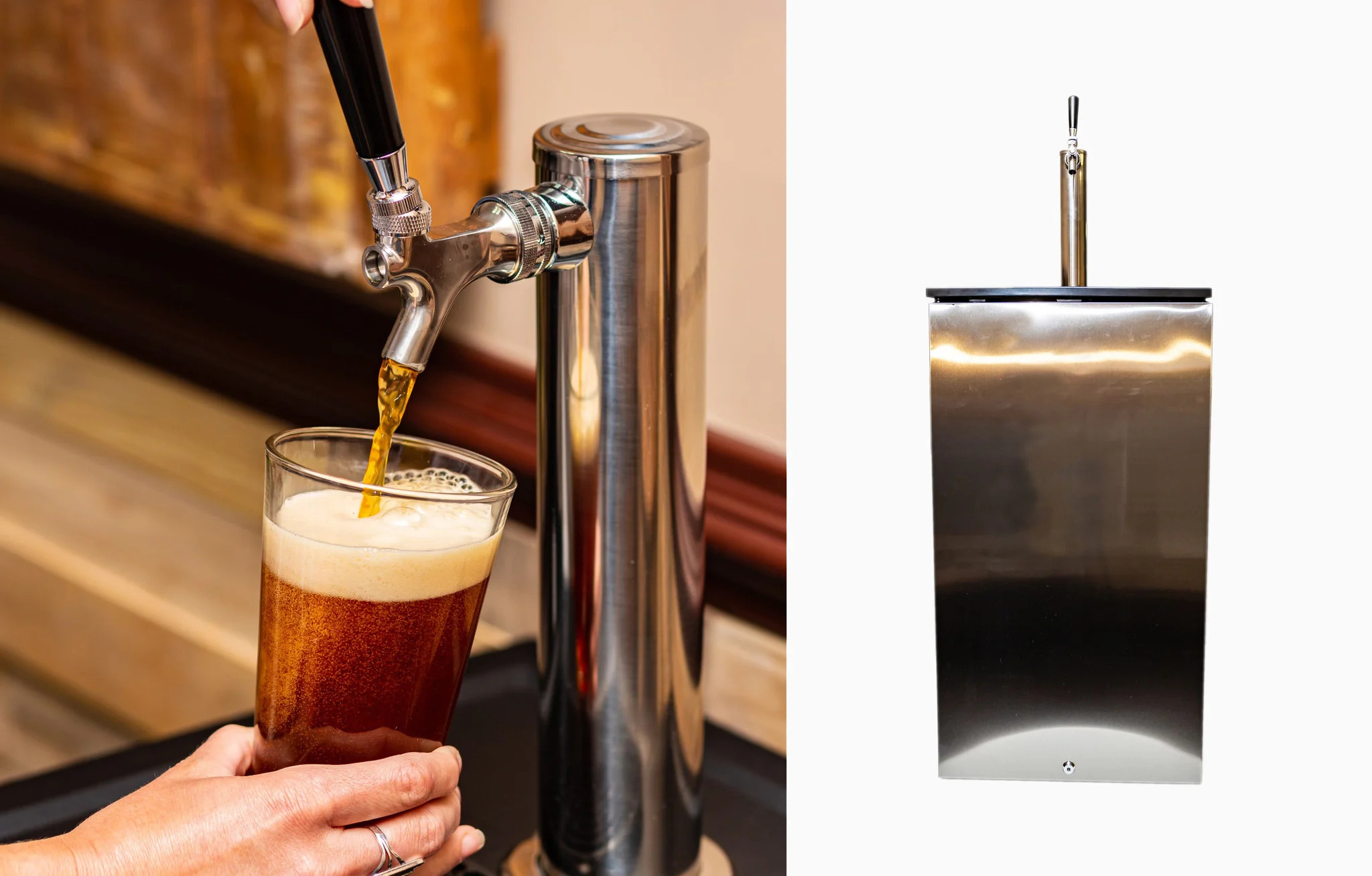
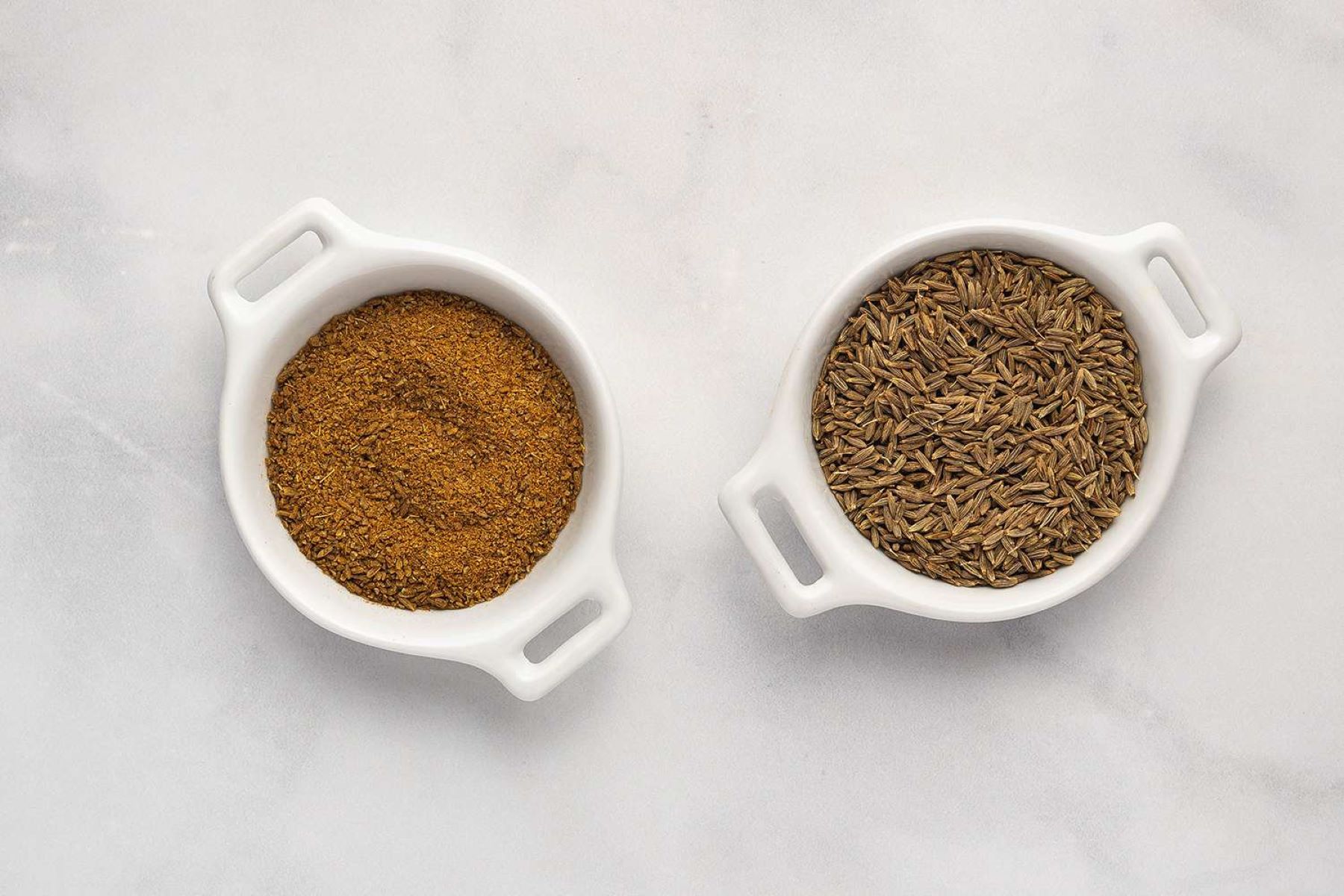

0 thoughts on “What Is A Butler’s Pantry? Everything You Need To Know”